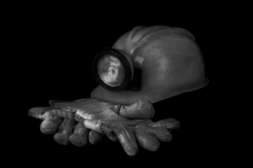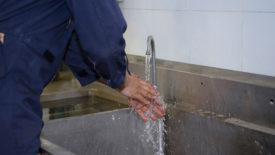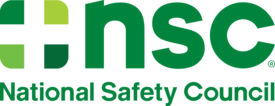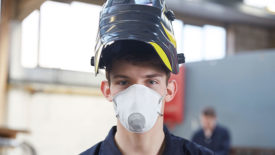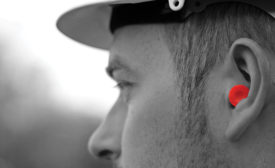Home » Keywords: » NIOSH
Items Tagged with 'NIOSH'
ARTICLES
NIOSH to offer free black lung screenings for coal miners
The screenings will be conducted through a mobile testing unit in four states.
April 9, 2024
Never miss the latest news and trends driving the safety industry
eNewsletter | Website | eMagazine
JOIN TODAYCopyright ©2024. All Rights Reserved BNP Media.
Design, CMS, Hosting & Web Development :: ePublishing

